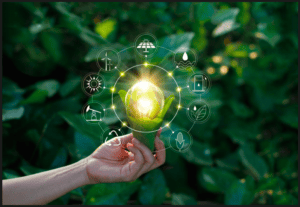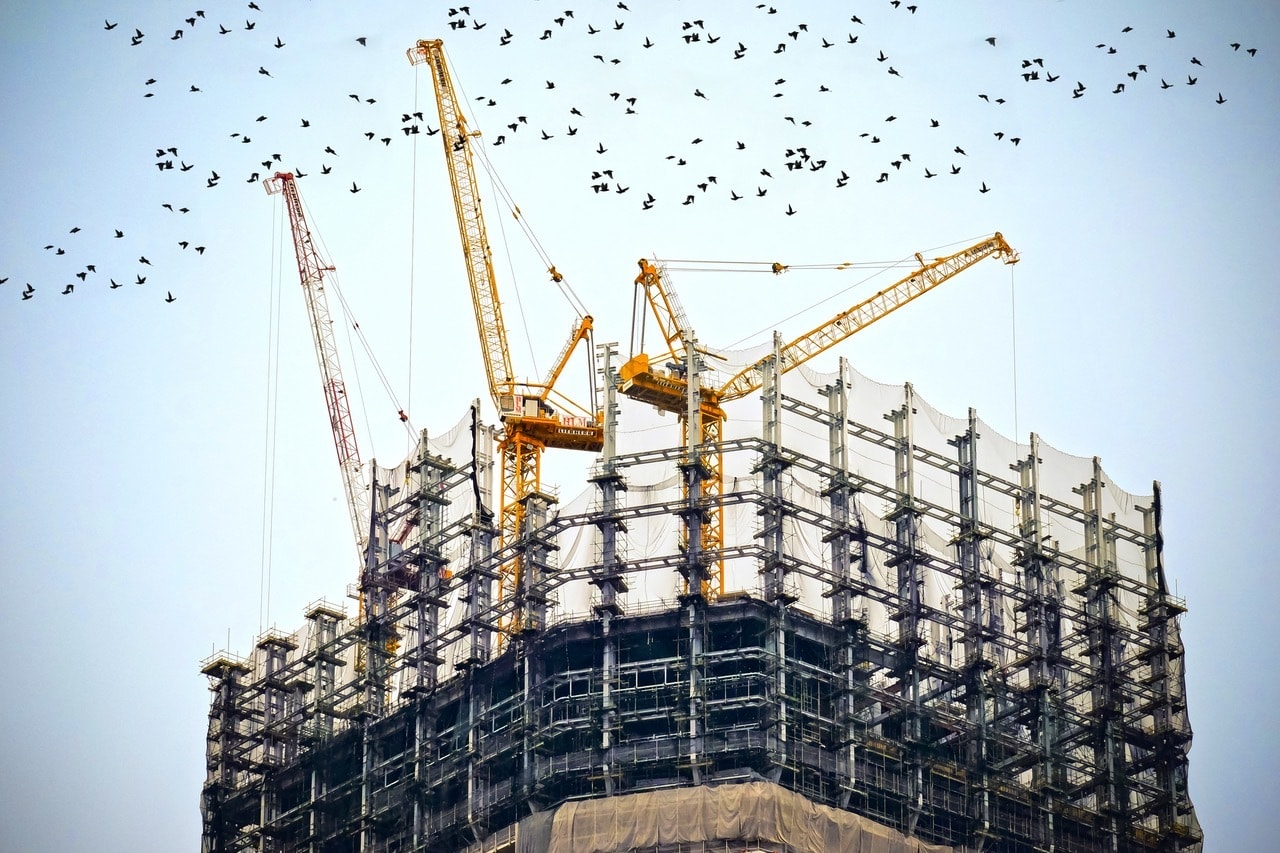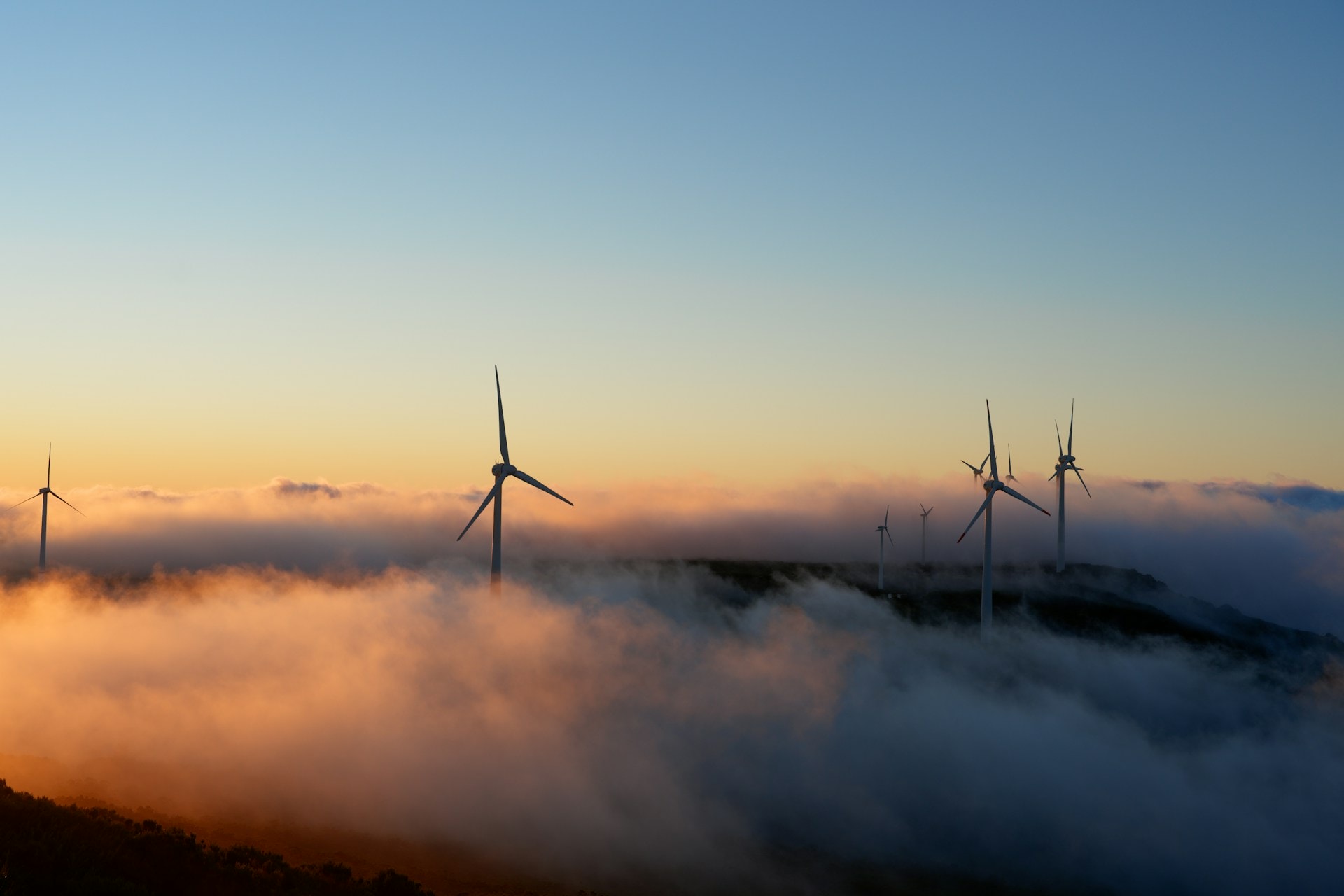I recently participated in several European events dedicated to the circular economy including the World Circular Economy Forum in Helsinki earlier this month. At these events I heard many assumptions, judgments, and even praise of contemporary consumers. As population numbers and the middle class grow, consumers are becoming more conscious, demanding, and aware of their purchasing and decision-making power, and playing an increasingly central role in the shift towards a circular economy.
As a marketer and communications professional at a startup offering a circular consumer service, I welcome this focus on consumer demands and people’s real lives. Working with consumer insight is the only way to connect the noble concepts and ideas of the circular economy with the everyday challenges of people and communities. Consumer insight certainly helps my colleagues and I at Grover in understanding how to value and communicate the circular dimension of our business model.
The general agreement is that consumers alone can’t bring on the needed change, and that other key elements such as legislation, industry, and politics need to support this shift. However, one big question about consumers seems to split the circular economy community:respond or shape?
Should we, as the actors and creators of circular solutions, simply respond to consumer needs in order to scale our services and products to make them more accessible, fun and rewarding? Or should we be bolder and shape and move consumer demand in the right direction?

Often the answer is both. If you run a circular business, you certainly want to lead consumers towards your product, and convert them into advocates for your goals and purpose. But you will not be able to do so unless you understand their motivations: where their demand comes from, what the pains are that they seek solutions for, what they feel proud of, and what they do but would rather not. In short, you need to connect with their reality, and to do so you need to understand it! Only when we understand the mechanics that shape needs, and expectations can we even start to think about shifting them.
During a recent talk at CE workshop, I commented that new consumers, praised for their access-focus and familiarity with the sharing economy, are totally outnumbered by the mainstream next-day-delivery-bargain hunters. I was speaking from experience. As Grover moved from a young startup for early adopters and sharing economy enthusiasts to the mainstream market, the difference between these two consumers groups became painfully obvious.
So how do we find that balance, the sweet spot between understanding and serving the existing demands of our customers and start shaping a more sustainable, fairer, and less short-sighted type of consumer?
How do we move from responding to the needs of the masses to activating and empowering people to change their behavior and take others with them?
Take a look at the following six steps, designed for people within the circular economy to identify the potential of understanding consumer demand and shaping consumer behavior.

1) Segment: There Is No One Type of Consumer
In marketing, this is nothing new; we often target very clearly defined needs. But in the circular economy, discussions of consumer segmentation are mostly missing.
But people don’t just belong to one group. We all constantly move between different contexts and switch roles and we are at different stages on our path to sustainability and circularity.
For example, many people are motivated by joy and convenience, and wish to upgrade their lifestyle while saving time and money. But what convenience is and means to you might not be convenient to me. What brings me joy may not be what brings you joy, and what is embarrassing or empowering to one person feels very different to someone else. What I need to feel fulfilled and safe differs widely from the needs of my parents or my neighbor. And the relation and significance of these motivating factors shifts as we move between contexts.
But the potential and the fun lies in these differences. In the in-between, somewhere on the spectrum between the old-fashioned consumers as we knew them and the converted, inspired, conscious consumers lies our chance to move from responding to shaping demands. The closer we look, the more we can segment, and the better we can use the details – thinking about communities and subcultures, mindsets and demographics, neighborhoods and professions. And once you’ve understood them a bit better you can connect.
2) Connect With People
In order to connect with people, you need to become part of the equation. Don’t think of abstract consumers or groups. Think of people like you, your neighbor, and his teenage kids. Think of your own experiences and how your life is influenced and shaped. You can use these experiences to understand others, to connect and to communicate.
In the morning and evening, I am a mother, responsible for my family and home. At work, I am an employee, a customer, a team member; but also, a leader and decision maker.
In my bathroom I am a female health- and environmentally-conscious cosmetic consumer. In the supermarket, I am short on time, trying to find the right balance between buying products which give me joy to eat while not overspending. Personally, I find no exercise more powerful in remembering that consumers are real individuals, than reflecting on your own mechanics of moving through the decision-making process of each day.
3) Stay Positive
It is easy to become demotivated and negative when thinking of the circular economy and the bleak reality that makes it such an urgent necessity. But when we want to motivate and inspire people to act, to be role models and to join a movement which is still growing and defining itself, we must focus on the good. There are so many incredible and touching stories that can inspire further change. Positive story-telling and imagining better scenarios are amongst the oldest tools humanity knows to move people towards action. Fear and shame are feelings we naturally want to push away while hope, love, reward, fun and play create the fuel of motivation. Remember this simple truth when you create your strategy and shape your communication. The outstanding individuals and companies doing good despite the odds making positive change exist. For example, take the huge international success and ambassador community of the food sharing platform Olio. Examples like theirs should shine, and we have to use them to create more momentum.
4) Learn From the Shifts
When it comes to big consumer trends, imagining big shifts is difficult, but history shows that they do happen. Sometimes single event triggers them or perhaps persistent consumer pressure, a genius marketing campaign, or drastic legislation. Usually a combination of all these factors shifts mindsets overall until a tipping point is reached.
Take cigarettes, once celebrated and heavily advertised, a symbol of American lifestyle supported by a powerful industry and lobby. Remember that in the 90s it was still normal to smoke on passenger airplanes? And today? Cigarettes could not have a worse reputation. While many people still smoke, public opinion is clearly negative. In fact, Beverly Hills, California just became the first U.S. city to ban the sale of tobacco and nicotine entirely by 2021. There were several steps from the genius PR stunt by Edward Bernays making cigarettes into “Torches of Freedom” to today’s condemnation, and each of them can teach us something about how power, demand, truth, and storytelling interact and influence people’s behavior. The changes are ongoing and as we track them, we learn valuable lessons for our own products and markets.
Editor’s Picks — Related Articles:

“Could Microfinancing Be the Secret Weapon Enabling the Circular Economy?”
“Consumers Influence In Responsible Production”
5) Take It Step by Step
Sometimes the best way is not the most direct and shortest one. You may have to take a detour to make people feel comfortable or simply buy some time. This learning process is the hardest one for visionary founders and thinkers and their passionate teams. You probably researched your product and the landscape you are building it in thoroughly. Maybe you already know how to deliver the best value and where and how to position your idea so it can change the world for the better and enrich people’s lives without ruining the planet.
But as a leader you also need to look around and make sure others are following.
But as a leader you also need to look around and make sure others are following. Your journey might include intermediate steps that you don’t need to take but your customers do. After all, circularity changes the linear economy that we are all long accustomed to. If you find ways to move things forward subtly, without irritating and disorienting people right at the start, you will reach your goals faster.
To do so, and here the story loops to the beginning, you need to understand what is most important to, most precious to, and most difficult for the people you want to serve.
6) And Remember
When it gets hard and frustrating, and maybe even hopeless, remember you are on the right side of history and things are never convenient there.
















